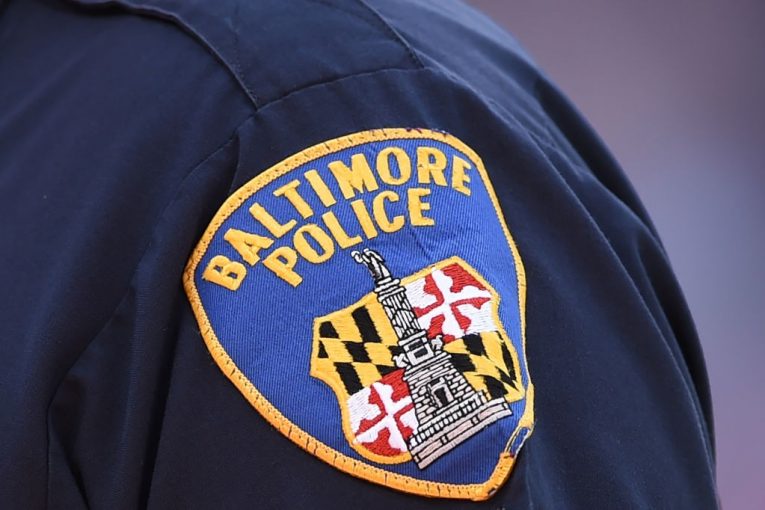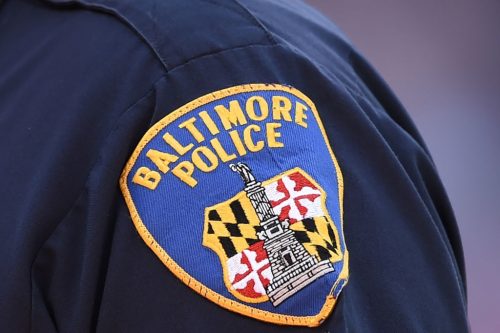

By Rena Abdusalam
BALTIMORE, MD – Ganesha Martin, past employee for the Baltimore Police Department and a current member of the Council on Criminal Justice, in a USA Today opinion piece said citizens and police should stop avoiding conversations on police brutality and meet in what she calls “the messy middle” in order to reduce violent encounters between the two.
“I got wind of the Tyre Nichols video a week before the rest of the world. The images of five Black men stomping another Black man were too much for my soul to take. I spent the weekend on the floor, sobbing,” stated Martin.
Martin continued, declaring, “We have been at this place far too many times. Collective outrage drives a flurry of activity and commitments to lasting change. Everyone is galvanized, focused, determined – and then it all falls flat. Fear and inertia bury the good intentions. The headlines fade. How do we interrupt this fruitless cycle?”
Martin argued that before any progress happens, police and communities need to meet in the middle, which is a place “full of emotional strain, trauma, and potential.” If unable to lay the foundation for change, the effects of people dying will be unavoidable, she said.
She also explained the conversations that would occur when meeting in the middle needs to be full of evaluated policies and practices for the purpose of lessening the brutality. Additionally, Martin called for reliable systems of accountability when moments go wrong.
“Occupying the messy middle isn’t easy, especially today. People prefer to discuss these issues with a bullhorn, blaring out hyperpolarized messages because they make the best sound bites. It’s either ‘defund the police’ or ‘back the blue.’ Existing in the nuanced, complicated center won’t earn you much attention,” she added.
In addition, she said people try to fit the complexity and entirety of police brutality into “a neatly defined box.”
She demonstrated this through providing examples of hard questions with general answers: Are police killings the result of inappropriate training? Alter the training. Do officers abuse authority because they are deficient in supervision? Strengthen their administration. Do specialized units lead to greater chances of citizen violence? Dissemble the units.
“It’s not that simple. And if we continue to pretend it is, nothing will change,” she stated.
As a former employee for the Baltimore Police Department, she said that she witnessed many dead-end conversations between police and the community that were ceased due to fear.
“For police, it begins at training academies, where cadets are taught that nervous behavior or furtive movements mean you’d better start fearing for your life,” Martin said, adding, “That early message is hammered home continuously, underscored by anxiety over how to manage calls involving people experiencing mental health crises, fear of ‘suicide by police’ encounters and unprovoked, ambush-style killings of officers on the job.”
She continued, describing the code of silence that affects many police departments causes officers who speak up for what’s right are put at risk for exclusion from others in the rank and file.
However, Martin also illuminated the view of community members, whose fear of police begins at birth and are reminded of the reason as to why through the ongoing occurrences of violence that happen at traffic stops and other encounters. She added that unless a person has lived or seen it, most people have no idea how bottomless the fear runs.
“When I worked in Baltimore, community activists coming to meet with me asked to enter through the police department’s back door, because coming in from the front felt unsafe,” she recalled.
“At one meeting, a man in his late 40s who’d had difficult encounters with police asked to use the restroom. He wouldn’t go alone, requesting that I walk with him and wait outside the door. He was that scared,” said Martin.
“Breaking through these fears requires painstaking translation,” Martin wrote, adding community members assume police understand what they’re feeling, and why. Police, in turn, she said, assume communities understand all the underlying factors that shape their behavior (and) there’s a huge “disconnect,” so the mistrust, head-butting and division persist.
That is why Martin writes the messy middle is important and why every community needs to create an environment where defenses are surrendered and minds are opened.
“I once engaged a group of angry community members in a discussion about the Baltimore Police Department’s use-of-force policy. They were upset by the practice of ‘curbing’—making people sit on the curb, no matter how wet, hot or cold it was, while they were being questioned. It was demeaning, they said, unconditionally cruel,” recollected Martin.
“I took the question to officers, who explained that they did not have caged dividers in patrol cars to keep them safe from anyone volatile seated in the back. When I relayed this to the community members, they wrote to the commissioner, advocating for the purchase of that equipment. Perspectives were shared; a solution was found,” explained Martin.
Martin concluded that the messy middle is an overall difficult place to be, but added, “It’s in those rooms that real work is done, answers are born and, ultimately, lives are saved.”




